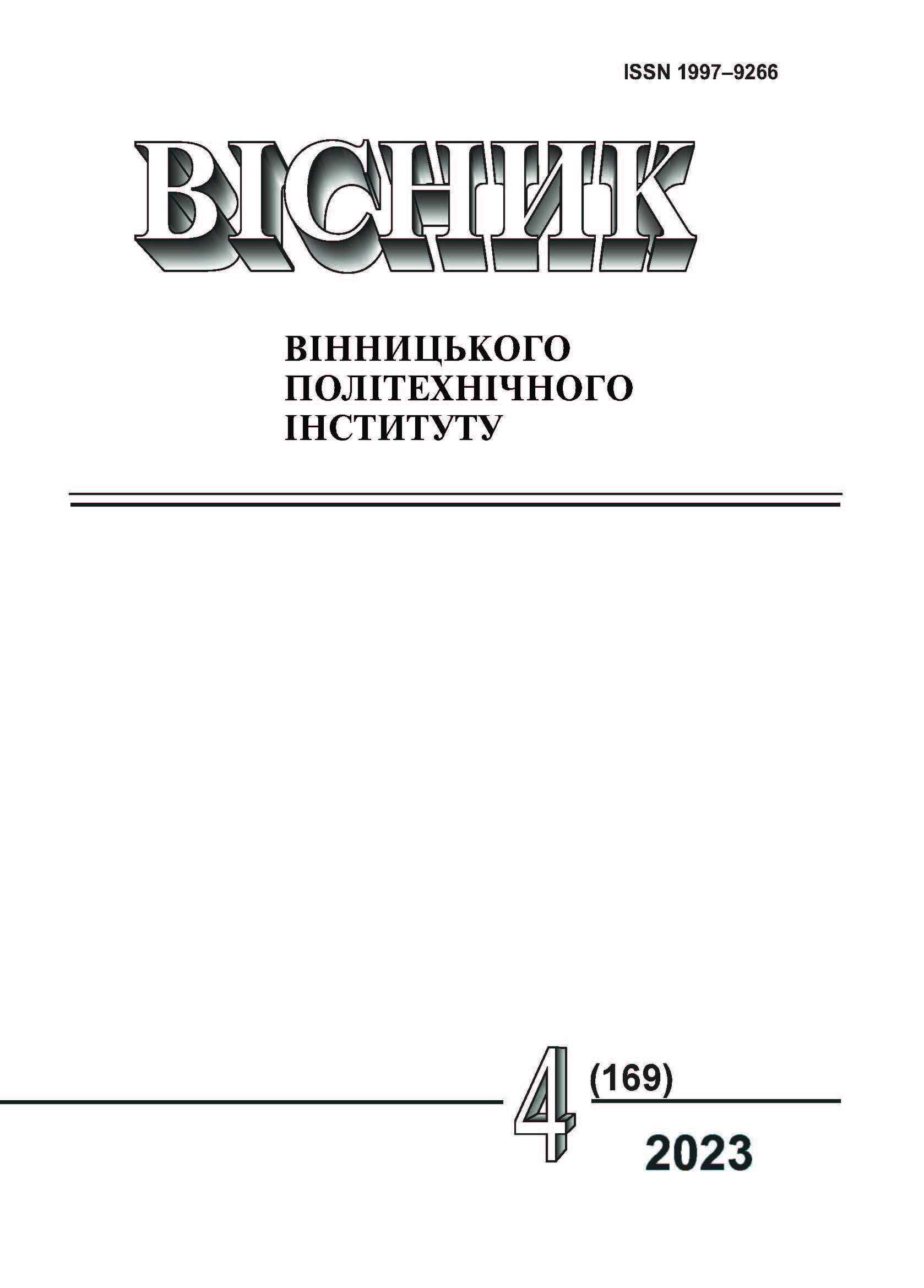Charged Particle Detector Operation Simulator and Digital Processing Module of the Signal of a Small-Dimensional Particle Spectrometer
DOI:
https://doi.org/10.31649/1997-9266-2023-169-4-92-97Keywords:
signal processing, optimization, CubeSAT, simulato, DSP module, plasma flowsAbstract
Systems of recorders and analyzers of high-energy plasma flows intended for operation in low Earth orbit have clearly defined requirements, but their implementation significantly depends on scientific tasks and the project budget. Instead, the requirements for spectrometric channels in terms of radio physics still need to be interpreted in terms of radio engineering, which requires additional research efforts. It is also often necessary to develop parts of equipment without interaction with other contractors and in the absence of access to control equipment or funds for its comprehensive testing. Therefore, a decision was made to develop an option to replace part of the high-cost equipment with the cheapest possible simulator, which will help save time and money when testing and adjusting the payload. An urgent problem is the scaling of the number of simulated spectrometric channels using one available in stock general purpose microprocessor, because the output signal must be analog, and the number of digital-to-analog converters is usually limited to two. The charged particle detectors simulator is intended for testing the DSP module of the miniature recorder-analyzer which is planned to be launched into Earth orbit and developed within of the same study. It should perform discretization of the data obtained by a detector system consisting of paraterphenyl and a large-area photodiode, prepared for discretization by a previously developed analog signal processing module. The output data to be sent to the ground control panel of the miniature recorder-analyzer are: the number of charged particles in accordance with the range of energy carried by the charged particle during the allocated time period. This period of time was decided to be equal to one rotation of a nanosatellite around the Earth. The study was conducted to study the nature of microbursts of sub-relativistic electrons and protons of magnetosphere origin in the Earth's radiation belts.
References
O. Dudnik, and Y. Kurbatov, “The study of high energy particles’ microbursts nature in the Earth magnetosphere with nanosatellites: a conception of space experiment,” Space Sci.&Technol., issue 2, vol. 24, pp. 36-42, 2018. https://doi.org/10.15407/knit2018.02.036 (Ukrainian).
O. Dudnik, V. Boiko, R. Antypenko, A. Movchaniuk, and N. Yezerskyi, “Concept of the particle microbursts satellite experiment with the MIRA_ep compact instrument,” on The 2u Cubesat Platform, Kyiv, Akademperyodyka, pp. 32-39, 2021. ISBN 978-966-360-425-1.
N. Yezerskyi, O. Dudnik, and A. Movchaniuk, “Electronic simulator of signals derived from scintillation detectors in spectrometric identification of high-energy charged particles,” in Radio-technical fields, signals, apparatus, and systems, Abstracts International Conference. Kyiv, 2021, pp. 75-77. ISSN 2311-4169.
N. Yezerskyi, and A. Movchaniuk, “Optimization of The Analog Module According To Noise Characteristics in the On-Board Detector of the Recorder-Analyzer for The Identification Of Charged Particles,” Information communication and computer technologies. Issue 1, vol. 5, рр. 93-104, 2023. ISSN 2788-5518, URL: https://doi.org/10.36994/2788-5518-2023-01-05-12 .
Downloads
-
PDF (Українська)
Downloads: 53
Published
How to Cite
Issue
Section
License

This work is licensed under a Creative Commons Attribution 4.0 International License.
Authors who publish with this journal agree to the following terms:
- Authors retain copyright and grant the journal right of first publication.
- Authors are able to enter into separate, additional contractual arrangements for the non-exclusive distribution of the journal's published version of the work (e.g., post it to an institutional repository or publish it in a book), with an acknowledgment of its initial publication in this journal.
- Authors are permitted and encouraged to post their work online (e.g., in institutional repositories or on their website) prior to and during the submission process, as it can lead to productive exchanges, as well as earlier and greater citation of published work (See The Effect of Open Access).





